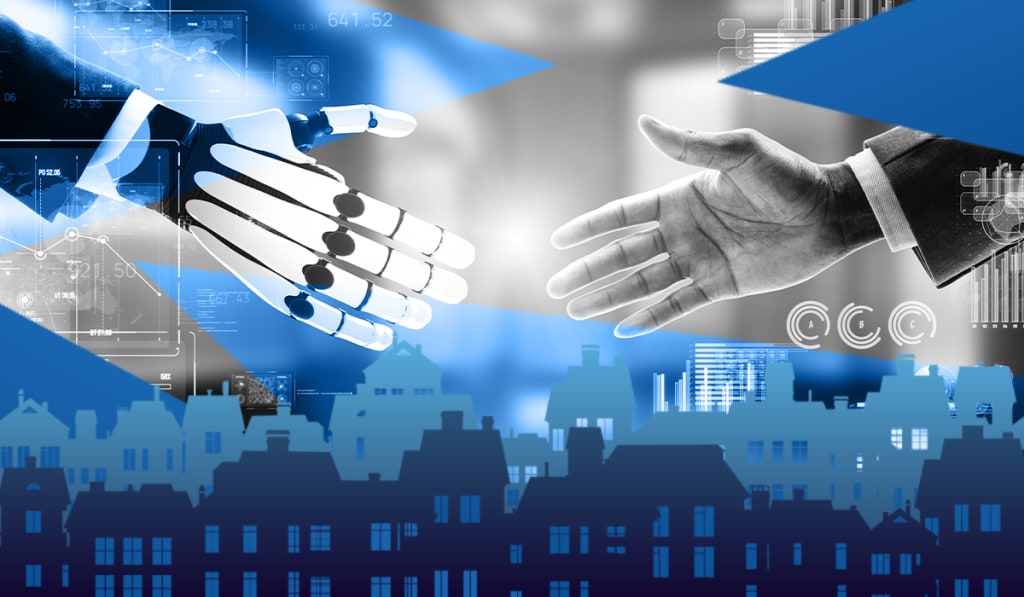
Artificial intelligence (AI) is one of the most transformative technologies of our time. From chatbots to self-driving cars, AI has already begun to change the way we live and work. However, as with any new technology, there are risks involved. In this article, we will explore seven reasons why AI is a dangerous technology and why we need a regulatory authority to oversee it.
One of the primary concerns surrounding AI is its potential to make decisions that can have a significant impact on human lives. For example, autonomous vehicles rely on AI to make decisions about braking and steering, and medical diagnosis tools use AI to determine the presence of certain diseases. If these decisions are made incorrectly or based on flawed data, the consequences could be catastrophic. Additionally, there is a worry that as AI becomes more advanced, it may surpass human intelligence and eventually become uncontrollable, leading to a scenario where humans are no longer in charge.
Another significant concern is the possibility that AI could lead to widespread unemployment and economic instability by automating jobs and displacing human workers. While some experts believe that AI will create new job opportunities, others argue that the pace of automation may be too rapid for workers to adapt to, leading to significant social upheaval.
Given these potential risks, many experts argue that regulatory authority is necessary to oversee the development and deployment of AI. Such an authority would be responsible for setting standards and guidelines for AI development, monitoring the use of AI applications, and taking action if they are found to be causing harm or violating ethical norms.
One potential model for a regulatory authority is the U.S. Food and Drug Administration (FDA), which oversees the development and approval of drugs and medical devices. The FDA sets rigorous safety and efficacy standards and requires clinical trials and other testing to ensure that drugs and devices are safe for human use. A similar approach could be taken for AI, with a regulatory authority setting standards and requiring testing to ensure that AI is safe and reliable.
However, establishing such an authority would not be without its challenges. One of the biggest obstacles would be defining what exactly should be regulated. AI is a broad field that encompasses many different technologies and applications, and it may be difficult to determine what falls under the purview of a regulatory authority. Additionally, there may be disagreements about what standards should be set and how they should be enforced, particularly if different countries or regions have different regulatory frameworks.
Another challenge is the potential for unintended consequences. Regulation can be a double-edged sword, and overly restrictive regulations could stifle innovation and limit the potential benefits of AI. It is important to strike a balance between ensuring safety and allowing for the development of new and innovative applications.
Despite these challenges, many experts believe that a regulatory authority is necessary to ensure that AI is developed and used responsibly. As AI becomes more integrated into our daily lives, it is important that we have a framework in place to ensure that it is used for the benefit of society as a whole. This may require cooperation and coordination among governments, industry leaders, and other stakeholders, but the potential benefits of a safe and responsible AI are too great to ignore.
In conclusion, the rapid growth of AI has raised concerns about its potential risks and dangers, particularly in areas such as decision-making and job displacement. To address these concerns, many experts have called for the establishment of a regulatory authority to oversee AI development and deployment. Such an authority could set standards and guidelines for AI development, monitor the use of AI applications, and take action if they are found to be causing harm or violating ethical norms. While there are challenges to establishing such an authority, the potential benefits of a safe and responsible AI make it an important step towards ensuring that this technology is used for the greater good.






Comments
There are no comments for this story
Be the first to respond and start the conversation.